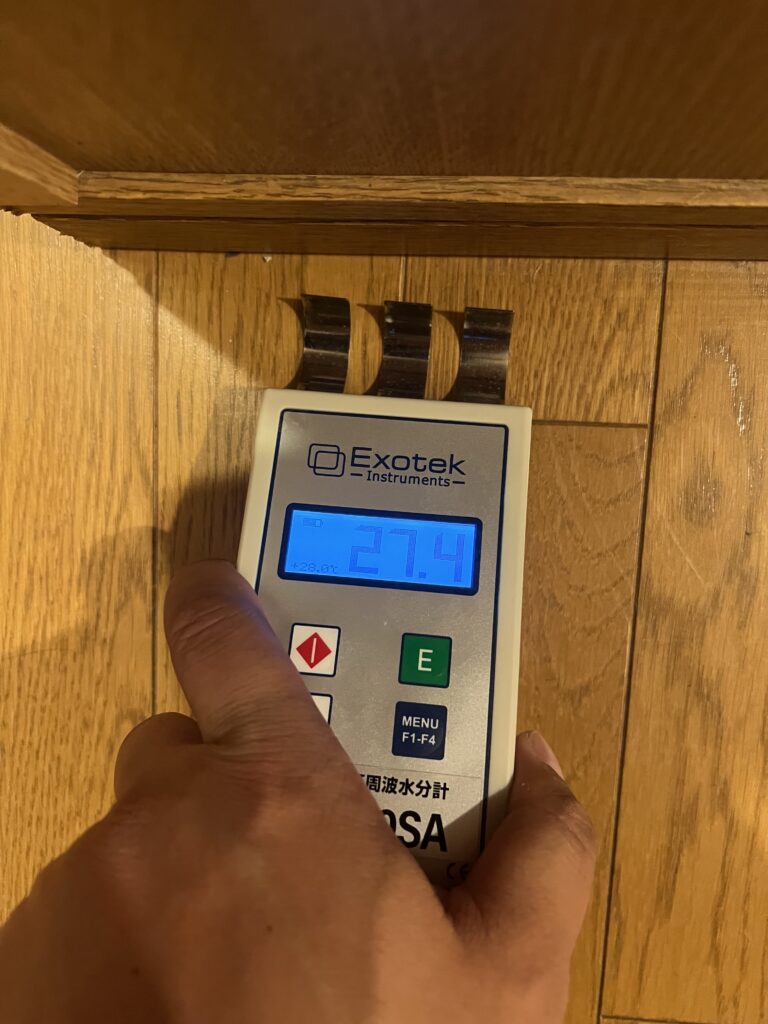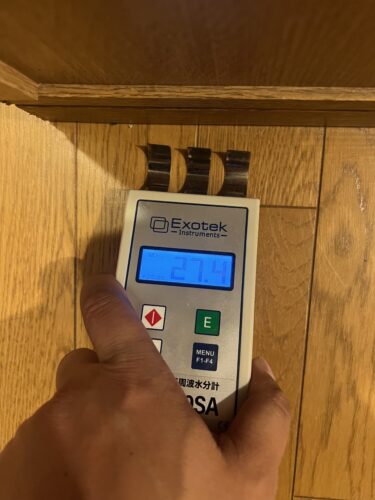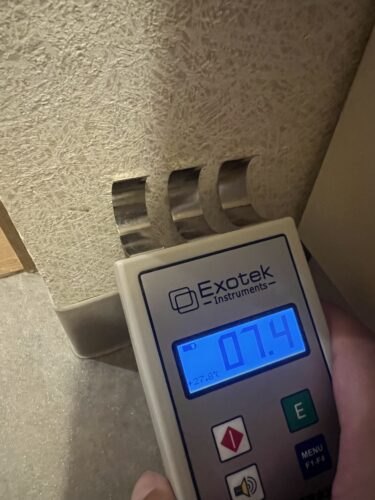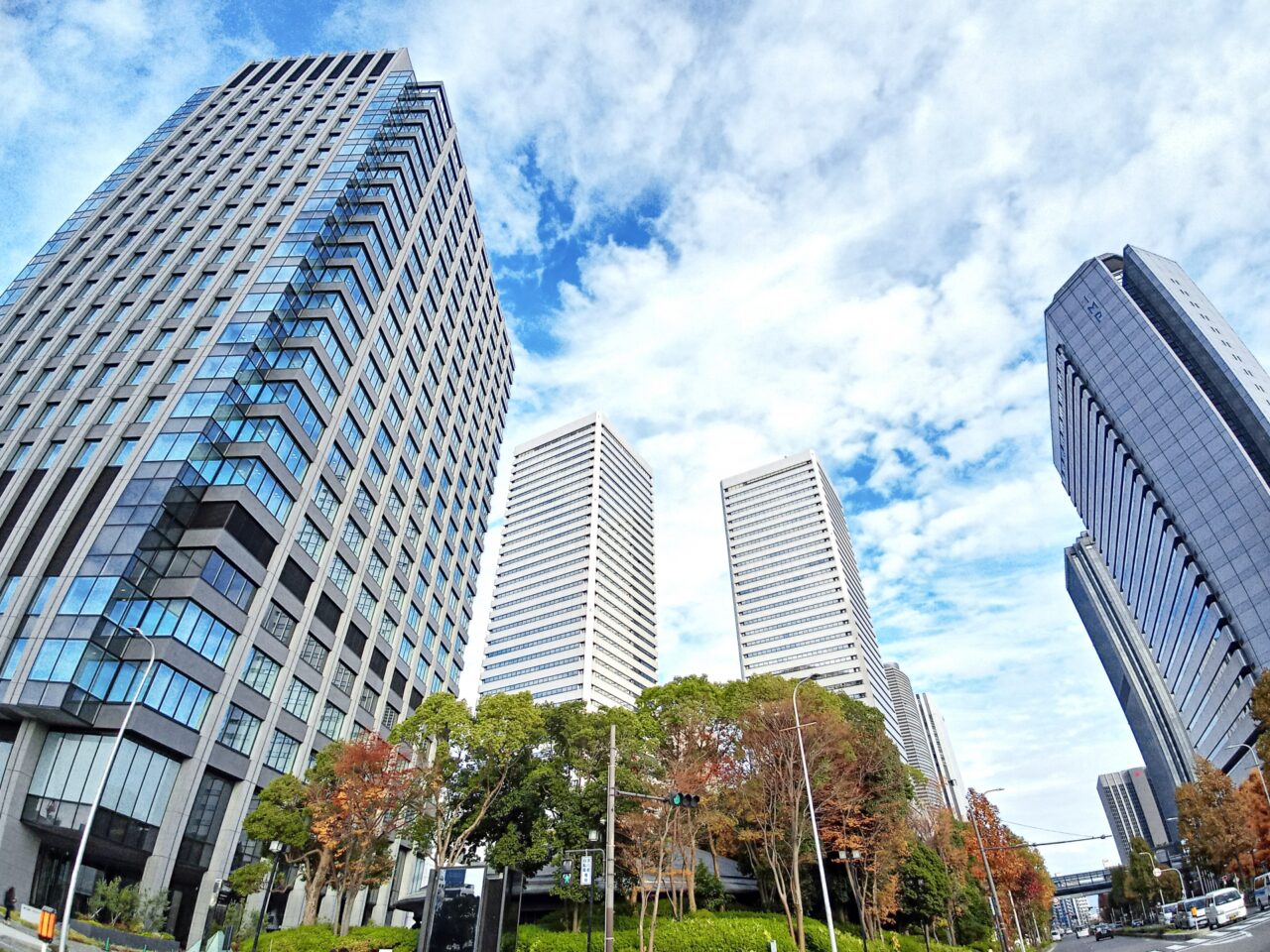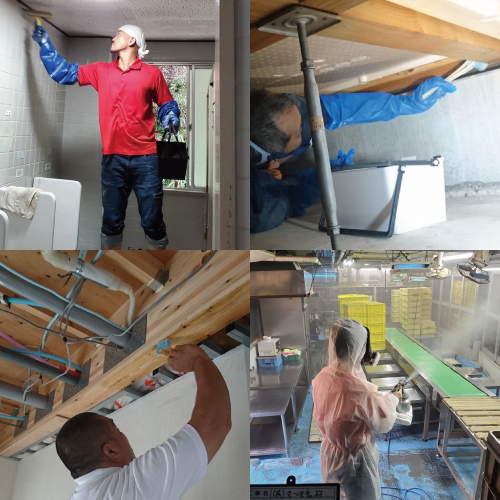Problem Statement
Recurring mold damage in public housing managed by Yojin Public Corporation often stems from ventilation failures and poor dehumidifier or AC management. In high-humidity living environments, health risks for residents and deterioration of building materials increase, making prompt countermeasures essential.
What You Will Learn
This article explains the reality of mold problems caused by ventilation failures, along with practical repair methods and effective use of dehumidifiers and air conditioners. It also offers concrete daily humidity control tips that residents can implement immediately.
Benefits of Reading
By reading this article, residents and housing administrators can understand precise mold countermeasures based on root causes, and take swift action to improve living conditions. This knowledge will help maintain a comfortable and healthy home environment.
1. Current Mold Damage Issues and Challenges in Yojin Public Corporation Housing
Yojin Public Corporation housing faces increasing mold problems due to aging buildings and deteriorating equipment. Mold growth is particularly severe during Japan’s rainy season and winter when condensation forms. This damage not only affects appearance but also threatens residents’ health, accelerates material deterioration, and increases repair costs. Ventilation failures and improper use of dehumidifiers and AC units worsen the issue. Delayed inspections or repairs—often only triggered by resident reports—allow problems to escalate and spread.
1-1. Structural and Management Factors Unique to Public Housing
Many public housing complexes are reinforced concrete structures that trap humidity easily. North-facing units or basement apartments often have poor sunlight and airflow, creating ideal mold conditions. Management limitations—due to the large number of units—mean regular inspections and maintenance may be insufficient, allowing humidity and equipment failures to go unnoticed.
1-2. Risks and Impacts of Ventilation Equipment Failures
When ventilation systems fail, moisture remains trapped, allowing mold to spread rapidly. A broken bathroom fan can send steam into the rest of the home; a faulty kitchen exhaust fan allows cooking steam and grease to settle on walls and ceilings. This leads to hidden mold growth behind wallpaper or inside insulation, often worsening while awaiting repairs.
2. Main Causes of Mold: Temperature, Humidity, and Poor AC Management
Mold thrives when temperature, humidity, and a food source are present. Above 60% humidity, growth accelerates rapidly—sometimes visibly spreading in just 24 hours. Inadequate use or failure of dehumidifiers and AC units creates persistent high humidity, making mold recurrence likely even after cleaning.
2-1. How Temperature and Humidity Create Ideal Mold Conditions
Mold grows best between 20–30°C with humidity over 60%. In summer, warm outdoor air raises humidity indoors; in winter, heating increases condensation risk, especially on walls and windows. Furniture and storage areas with limited airflow are even more prone to mold.
2-2. How Dehumidifier/AC Failures or Misuse Worsen Humidity
Dehumidifiers left with full water tanks or AC units with clogged filters lose efficiency. Incorrect settings—such as inappropriate modes or temperatures—also reduce effectiveness. Delayed repairs worsen indoor humidity, leading to accelerated mold spread.
3. Case Studies: Mold Caused by Ventilation Failures
Ventilation issues in aging public housing often involve motor wear, clogged ducts, or outdated system design, creating ideal mold conditions.
3-1. Clogged or Broken Equipment Leading to Poor Airflow
Bathroom and kitchen fans with motor failure or dust buildup drastically reduce airflow. Moisture then spreads throughout rooms, including hidden areas behind walls or ceilings, causing large-scale mold infestations.
3-2. How Lack of Maintenance Leads to Long-Term Damage
Without regular inspections, minor issues go unreported until significant damage occurs. Seasonal humidity spikes—during rainy season or winter—can trigger rapid mold spread within weeks.
4. Effective Humidity Management with Dehumidifiers and AC
Keeping indoor humidity between 40–60% is essential for mold prevention.
4-1. Using Dehumidifiers and AC Dehumidify Mode Together
Dehumidifiers work well in small spaces like closets, while AC dehumidify mode can control humidity in larger areas. Using both strategically can protect the entire home.
4-2. Proper Setup, Operation, and Maintenance
Regular cleaning of filters and tanks is crucial. Dehumidifiers should be emptied frequently; AC filters cleaned every two weeks and professionally serviced yearly.
5. Practical Ventilation Repair and Improvement Methods
5-1. Inspection and Repair Steps
Check for noise or reduced airflow, then replace worn parts or clean ducts. For 24-hour ventilation systems, filter replacement and duct cleaning are key.
5-2. Combining Natural Ventilation with Support Equipment
Open windows across the room for cross-ventilation and use fans or air purifiers to circulate air and reduce mold spores.
6. Daily Humidity Control & Organization Tips
6-1. Reducing Moisture Through Laundry, Water Areas, and Furniture Layout
Dry laundry outside or in ventilated rooms; keep furniture away from walls for airflow.
6-2. Using Moisture Absorbers and Ventilation Habits
Place dehumidifying agents in closets and ventilate twice daily for 5–10 minutes.
7. Health Risks of Mold
7-1. Allergic and Respiratory Issues
Mold spores can trigger allergic reactions, respiratory infections, and worsen asthma.
7-2. Early Response and When to Call Professionals
Use store-bought cleaners for small areas; hire professionals for large or recurring infestations.
8. Management Responsibilities for Mold Prevention
8-1. Roles and Communication Between Management and Residents
Management should schedule inspections, respond quickly to reports, and share information openly.
8-2. Regular Inspections and Reporting
Annual inspections and seasonal equipment checks are vital for prevention.
9. Case Studies of Successful Ventilation Improvements
9-1. Small Repairs Leading to Major Mold Reduction
Replacing a bathroom fan and cleaning kitchen vents significantly reduced humidity.
9-2. Large-Scale Improvements Across All Units
Full ventilation system servicing across all units eliminated mold reports the following year.
10. Comprehensive Mold Prevention Strategy for Public Housing
10-1. The Three-Part Approach: Ventilation, Humidity, Maintenance
10-2. The Long-Term Value of Mold-Free Living
Healthy, mold-free environments improve resident satisfaction and preserve building value.
Mold Removal & Prevention: Kabibusters Osaka, Kabi Reform Tokyo, Kabi Reform Nagoya
Taiko Kensou Co., Ltd. operates three main mold-removal hubs: Kabibusters Osaka, Kabi Reform Tokyo, and Kabi Reform Nagoya, serving customers nationwide. Our greatest strength lies in offering both mold removal and full-scale remodeling in one integrated service. After mold removal, we can repair or replace walls, floors, and fittings seamlessly—eliminating the hassle of coordinating multiple contractors.
Our proprietary MIST Method® removes mold completely without scrubbing or sanding, preserving the original material. We adjust our special formula to suit each surface, from wood to concrete, and ensure safety for children, the elderly, and the environment. Post-removal, we apply an anti-mold treatment for long-term protection.
In remodeling, Taiko Kensou handles interior renovations (wallpaper/floor replacement, layout changes, kitchen/bathroom upgrades) and exterior projects (painting, roofing, waterproofing). We also provide energy-efficiency upgrades and barrier-free remodeling. For mold-affected homes, combining removal with renovation ensures both visual improvement and long-term prevention.
With our regional network, we offer fast, localized service from inspection to aftercare. Whether you face mold issues or plan a renovation, we are your one-stop solution for a safe, comfortable, and lasting home.

